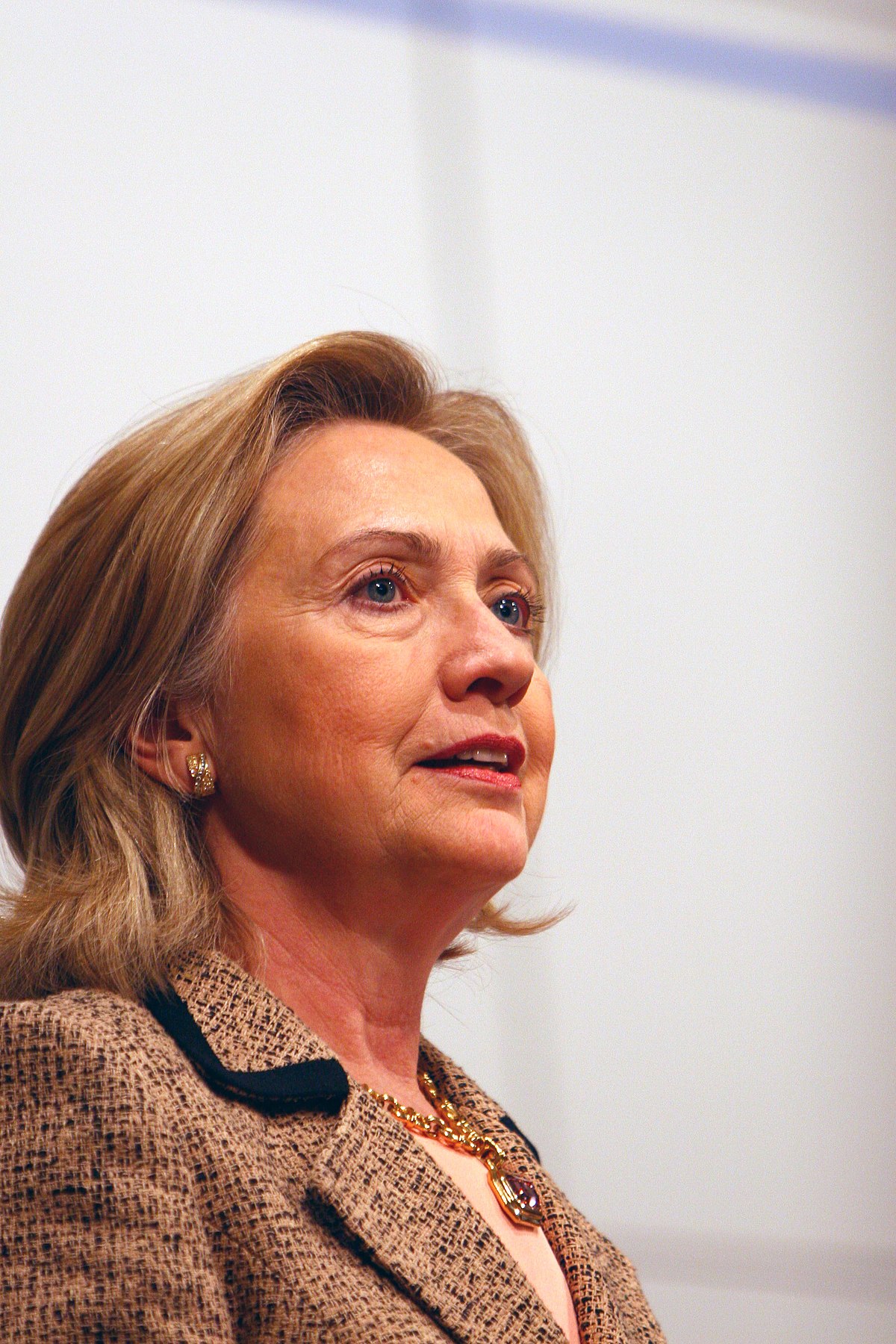Last night, there was a shooting which occurred in one of Sweden's suburbs involving AK-47s and innocent people being shot with two or more being brutally murdered. Within the initial moments of the rest of the Western world being notified of this tragedy, a great many of people on social media immediately began to elaborate if this was the work of Islamist terrorists, despite the police saying otherwise. The police spokesman, Ulla Brehm is quoted as saying, "The shooting happened in an area of the city with a history of gang-related violence." The media has also attributed the spokesman as saying it was "too early to speculate on the motive but said there were indications that the shooting was gang-related....There is absolutely nothing that indicates terrorism.”
As many of you know, I have experience in criminal investigations. While I won't touch on how I'd investigate this, what I would like to do is share some insight into these preliminary and often-wrong "guesstimates" and how they damage our credibility as security professionals.
- These "guesstimates are usually wrong. VERY wrong and miss a lot of key facts in the weird calculus that creates them. A few people I spoke with, last night, said the attacks were the work of Islamist terrorists. What's strange about that is the police NEVER EVER provided the public with ANY suspect descriptions and NO known terrorist group nor the "operators" claimed ANY responsibility, yet many people seem to be very certain this is the work of jihadists. I surmise this is the result of a spate of terrorist attacks involving guns in Western countries and our natural inclination to see correlation and make connections that may not be there.
Another key fact missing is the lack of burning vehicles described in independent or eyewitness accounts, despite several on social media claiming this was the case. Many even used this mythology to explain their hypothesis that this was the work of Islamists. Perhaps, you missed that; so I'll repeat it: THERE WAS NEVER A SINGLE CORROBORATED ACCOUNT OF BURNING VEHICLES BUT MANY AMERICANS REPORTED THERE WERE AND THIS POINTED TO ISLAMISTS. In fact, those burning cars happened weeks ago. I know that sounds like terrible analytical practice, at worse. That's because it is, at best. - Contrary to what many believe, there's always more than meets the eye. I'm a serious fan of Transformers. If you didn't get the reference, there's not much I can do for you. Just kidding. No. Seriously, nothing. I digress.
Many on social media either simply ignored potentially exculpatory evidence or were so eager for this to be the work of terrorists they missed a key component: growing and escalating gang violence in Sweden and throughout Western Europe. That's right, folks. Sweden has gangs and many are armed to the teeth. In fact, not too long ago, Swedish media reported a gang fired "machine guns" at a police station. There's a fallacy that "gun crime" akin to what we see in America only happens in America and that only certain "guns" are the weapons of known terrorist or guerrilla groups. However; a cursory examination of Swedish media shows the AK-47 is VERY prevalent in certain violent crimes.
The British newspaper, The Guardian reported, "There have been dozens of shootings involving criminal gangs in Gothenburg, many of them in the Biskopsgaarden area - a housing estate with a large immigrant population and high unemployment - in recent years, however fatalities are relatively rare.
A man was shot dead in an apartment in the area in May last year and two others died in suspected gang-related shootings in late 2013.
In January a man was shot in the leg close to the scene of Wednesday’s shooting."
The video below shows such a "typical" crime with an AK-47 occurring in Sweden.
There are some who will point out that many of these gangs are "Muslim youth gangs". What's striking is this ignores the existence of any corroborative and objective evidence which makes the case these gangs are "Islamic". Many are comprised of members who are young immigrants from predominately Muslim countries. However; until one of these gangs expresses some sort of jihadist ideology, they're just criminal gangs. Sweden's has a burgeoning and rapidly expanding organized crime network not always on the radar of its Western neighbors. Many of these non-Muslim gangs have had quite a history of death and mayhem in their wake. Check out what the Hells Angels have been up to there:
http://www.thelocal.se/20121028/44096
And..here:
http://www.thelocal.se/20101008/29510
Here's a list of other gangs: - Albanian mafia
- Bandidos Motorcycle Club
- Black Cobra (gang)
- Brödraskapet
- Fucked For Life
- Hammerskins
- Hells Angels
- Naserligan
- Original Gangsters (gang)
- Outlaws Motorcycle Club
- Sala gang
- Serb mafia in Scandinavia
- Bad theories based on bad or missing facts diminish our credibility and the public's trust in our field. Many Americans don't "get" security and they rely on a variety of "trusted" sources to assist them in making decisions regarding security. Some of these sources are objective and reliable. Many are not. Social media is wrought with both kinds. Unfortunately, many, as we've discussed before, are biased and too eager to share faulty theories. How many times can we afford to make predictions and analysis that is blatantly wrong or follows bad analytical practices before our entire industry is treated in the same dangerous fashion as TV meteorologists who give dire storm warnings but are ignored. Like every storm, I find more and more people making security-related decisions based on the idea that anyone can "do" security.





